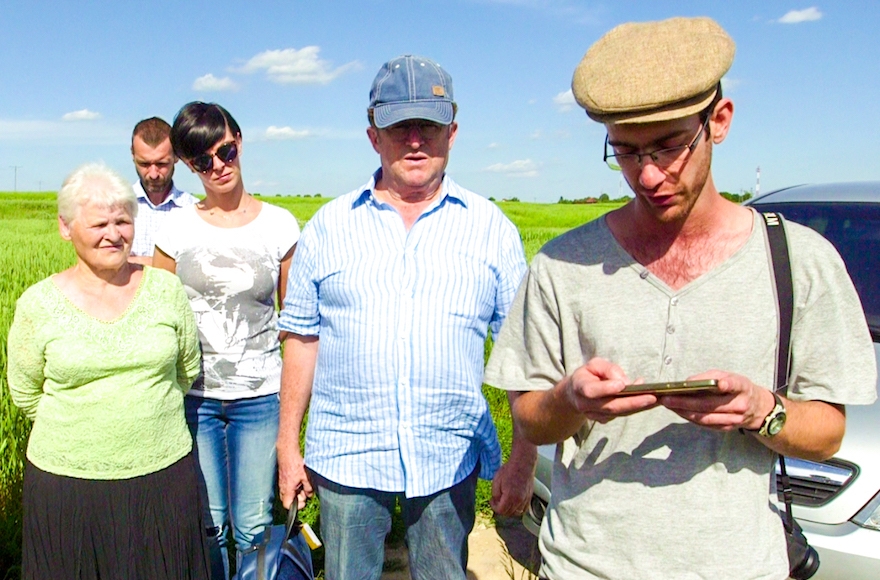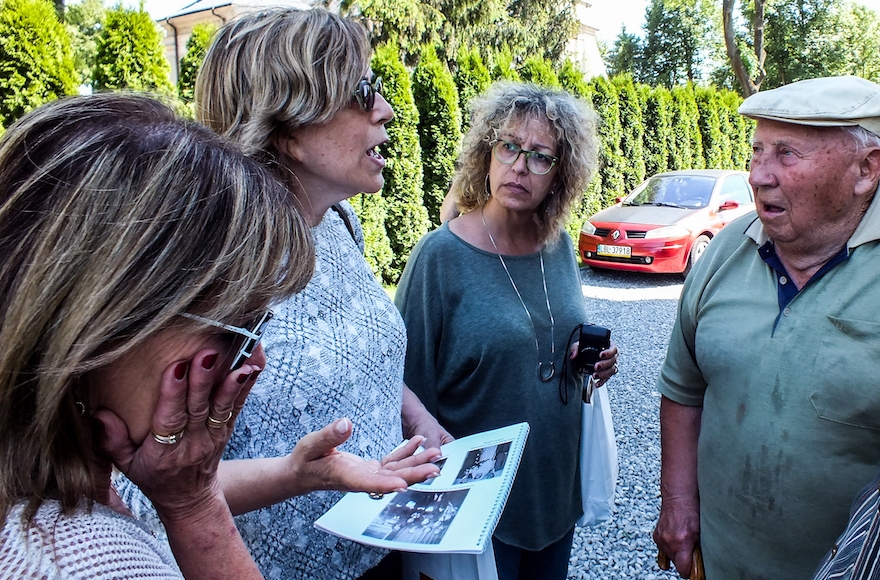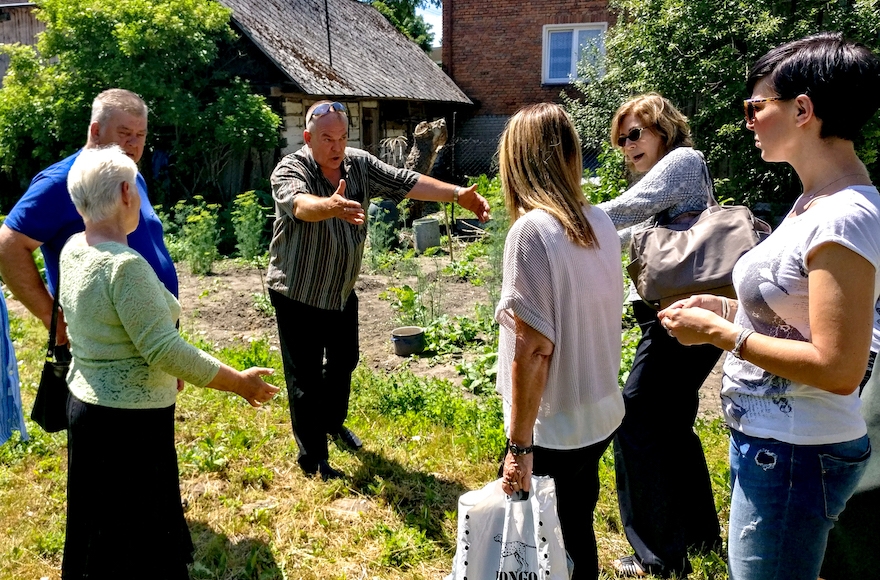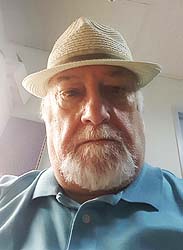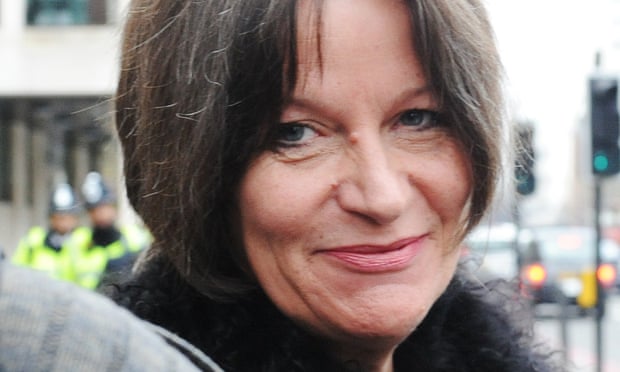 Anne Applebaum Człowiekiem Roku “Gazety Wyborczej”. Laudacja wygłoszona przez Jarosława Hrycaka
Anne Applebaum Człowiekiem Roku “Gazety Wyborczej”. Laudacja wygłoszona przez Jarosława Hrycaka
Jarosław Hrycak
 Gala nagrody Człowiek Roku Gazety Wyborczej 2017 Anne Applebaum (Fot. Maciek Jaźwiecki / Agencja Gazeta)
Gala nagrody Człowiek Roku Gazety Wyborczej 2017 Anne Applebaum (Fot. Maciek Jaźwiecki / Agencja Gazeta)
Możecie państwo uznać, że to przesada, ale żyjemy w czasach Anny Applebaum. Bo skoro są takie książki i tacy autorzy, to znaczy, że nie wszystko jeszcze stracone! – mówił ukraiński historyk Jarosław Hrycak w laudacji z okazji przyznania tytułu Człowiek Roku “Gazety Wyborczej” Anne Applebaum
Słyszałem o profesorze z London School of Economics, który opracował hierarchię ludzkich gatunków. Na samym jej dole był pijany polski chłop, o jeden stopień wyżej – polski szlachcic, następnie mieszkaniec sztetlu i tak dalej… Hierarchię zamykali oczywiście profesorowie London School of Economics, najbardziej racjonalni ze wszystkich stworzeń.
Oczywiście ta profesorska hierarchia mówi raczej o samym profesorze niż o rzeczywistym stanie rzeczy. Słuchając niektórych swoich kolegów, nie mogę pozbyć się wrażenia, że tytuł profesora służy niekiedy do legitymizacji własnej głupoty. Dobrze to wiem, bo sam taki bywam.
Stwierdzam więc z podziwem, że Anne Applebaum profesorem nie jest.
Nic nie usprawiedliwia celowo zadanej śmierci, a co dopiero, gdy dotyczy ona milionów. To próbowali wykrzyczeć moi rodacy od samego początku „hołodomoru” na Ukrainie. Najpierw w międzywojennej Polsce, dokąd szybko nadeszły informacje o głodzie, a po wojnie w zachodnim wolnym świecie. Nikt nas nie słuchał, tak jak nie słuchano głosu przedstawicieli innych narodów zza żelaznej kurtyny.
Książki Anne Applebaum nie można pominąć
Tak się dzieje do czasu, gdy oto nie pojawia się historyk z Zachodu, najlepiej z dyplomem z Oxfordu lub Yale, i nie napisze historii zapomnianego kraju. Tak było z historią Polski, kiedy pojawił się Norman Davis. To brytyjski historyk opowiedział Polakom ich własna historię. Tak stało się z historią Ukrainy – kiedy po dwóch Majdanach pojawił się Timothy Snyder – także Człowiek Roku „Gazety Wyborczej”. Jego „Krwawe ziemie” stały się bestsellerem. To nie przypadek, że Tim swą opowieść o Ukrainie rozpoczął właśnie od Wielkiego Głodu.
Są książki, których nie można pominąć. W przypadku Holocaustu to dzieło Paula Hilberga “The Destruction of European Jewry” z 1961 r. Książki Anne Applebaum „Czerwony głód” też nie można pominąć. I na tym mógł bym skończyć moją laudację. Ale tego nie zrobię.
Od otwarcia sowieckich archiwów wiedzieliśmy, że chłopi nie umierali biernie. Walczyli, dopóki wojsko, policja i głód nie złamały ich oporu. Anne Applebaum idzie krok dalej. Twierdzi, że błędem jest uważać, że opór chłopów był jedynie odpowiedzią na kolektywizację. Anne zauważa, ze chłopi widzieli w sowieckiej władzy Antychrysta.
Dotykamy tu momentu, który Leszek Kołakowski nazywał działaniem „diabła w historii”. Pisali o tym polscy mistrzowie: oprócz Kołakowskiego – Zygmunt Bauman i Czesław Miłosz. Tak o tym mówił Aleksandr Watt: „Ktoś, kto urodził się w Europie Wschodniej w XX wieku, mógł nie wierzyć w Boga, ale nie mógł nie wierzyć w diabła. Istnienia diabła doświadczało się tu na co dzień”.
W tym sensie książka Applebaum, jak i książka Snydera to dzieła przesiąknięte polską tradycją historyczną i polskim klimatem intelektualnym. Ukraińcy nie mogli napisać takiej książki. Ale teraz, po książce Anne będzie nam o wiele łatwiej. I za to chcę jej w imieniu ukraińskich historyków podziękować.
Oto rewolucja dokonana przez Anne Applebaum
Anna Applebaum pośród licznych swoich obowiązków ma też wykłady w London School of Economics. To ta sama szkoła, w której ów profesor opracował hierarchię ludzkich gatunków – z chłopami na najniższym szczeblu.
Oto rewolucja dokonana przez Anne Applebaum. To, co w starej hierarchii zajmowało najniższe miejsce, u niej jest przedmiotem najwyższej uwagi.
To samo dotyczy nacjonalizmu, który ma złą reputację, zwłaszcza gdy identyfikowany jest z ksenofobią. Dla Anne patriotyzm ukraiński to źródło tożsamości, bez której demokracja nie byłaby możliwa. Pisała o tym w swych tekstach w czasie drugiego Majdanu. Ale ta teza zawarta jest w jej książce implicite: ukraiński chłopski nacjonalizm był siłą, która stawiła czoło stalinowskiemu komunizmowi.
Żyjemy w świecie, który czeka na apokalipsę. Starczy spojrzeć na statystyki przewidywań końca świata. Ich liczba ciągle rośnie. To nie musi być fantazja. Dzisiejszy świat to świat, w którym dwie największe potęgi nuklearne rządzone są przez dwóch najbardziej nieodpowiedzialnych przywódców – Putina i Trumpa. W wielu krajach, w tym w Polsce, widzimy zakręt w stronę autorytaryzmu. Wszystko więc może się zdarzyć. Diabeł nigdy nie zniknie z historii i polityki i o tym ciągle przypomina nam Anne Applebaum.
Aby tak pisać jak ona, nie wystarczy być historykiem. Trzeba mieć poczucie tragizmu historii – zobaczyć duży obraz, który łączy przeszłość z teraźniejszością. Tak potrafią tylko wybitni intelektualiści, a Anna Applebaum jest bez wątpienia jedną z największych naszych czasów. Możecie państwo uznać, że to przesada, ale żyjemy w czasach Anne Applebaum. Bo skoro są takie książki i tacy autorzy, to znaczy, że nie wszystko jeszcze stracone!
I za to Anne Applebaum chcę szczególnie podziękować.
Zawartość publikowanych artykułów i materiałów nie reprezentuje poglądów ani opinii Reunion’68,
ani też webmastera Blogu Reunion’68, chyba ze jest to wyraźnie zaznaczone.
Twoje uwagi, linki, własne artykuły lub wiadomości prześlij na adres:
webmaster@reunion68.com


